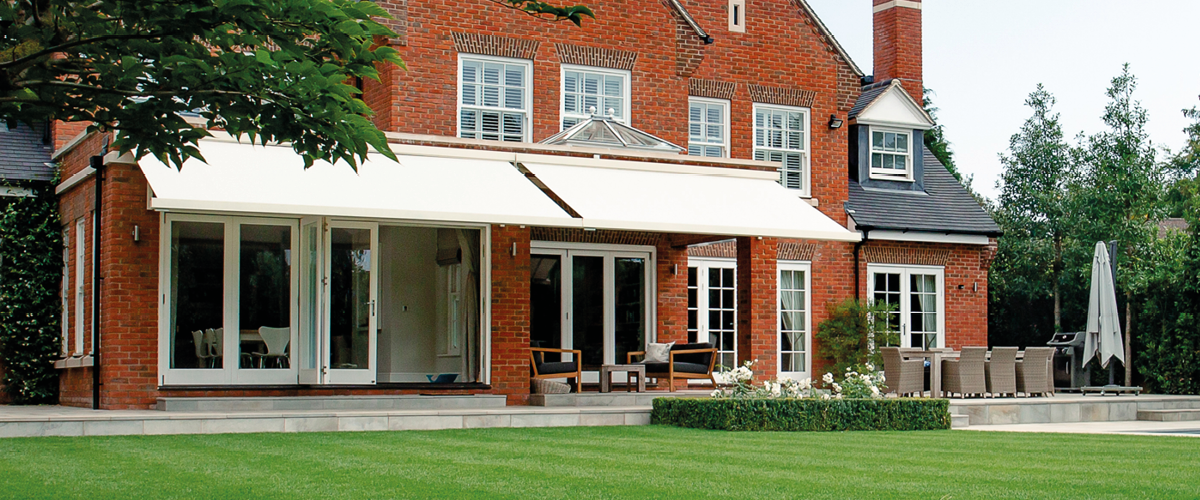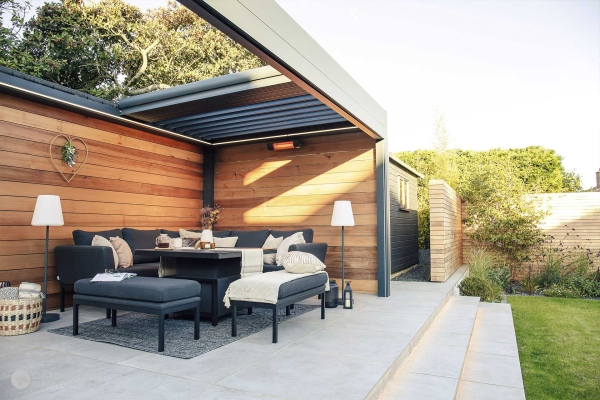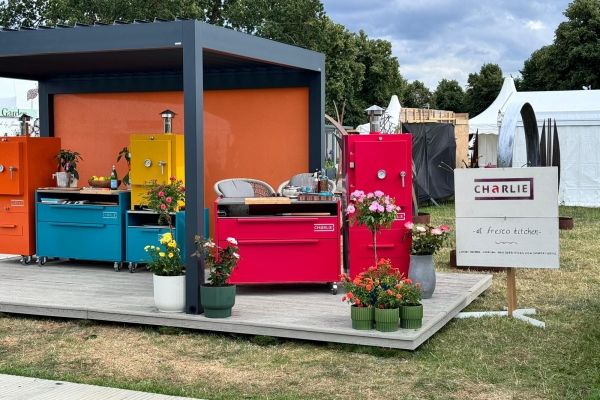Many countries – including the UK – have experienced multiple heatwaves in recent weeks due to the El Niño weather pattern. Climate change means that our summers are becoming increasingly warmer, and the issue of overheating will only become more apparent as time goes on.
Because of this, the Environmental Audit Committee (EAC) has launched a new inquiry which aims to look at the relationship between heat and health, as well as the measures that need to be taken to increase resilience to rising temperatures.
The solution
Not a ‘new’ concept, blinds, shutters and awnings have been used in Europe since ancient times by people trying to block the sun’s harmful rays from their homes. Today, these shading products can effectively manage a number of environmental factors that have a significant impact on our overall quality of life, as well as our bank balance.
Where it all began
The ancient Greeks used marble shutters with fixed slats, while wooden shutters with adjustable louvers appeared across the Mediterranean and medieval Europe to protect households from intruders. Despite their advantages, these exterior solutions could not withstand severe weather conditions. Interior solutions – such as Venetian blinds – were much the same. Although they offered privacy, they didn’t prevent UV rays from warming up the room.
External blinds
In 1960, the first outdoor metal blinds with wide slats were introduced. These were able to endure extreme weather conditions but were considered an expensive solution at this time.

Today, external blinds can reject up to 97% of solar heat gain with minimal energy demand, helping to prevent overheating. An appropriately sized, positioned and specified external shading device can reduce interior temperatures by up to 18ºC, reducing the energy consumption otherwise needed to cool down a hot room by more than 80% and minimising/avoiding the need for air conditioning.

Awnings
In the UK, awnings have been used on glass shop frontages since the 1800s as a way to cool the interior of buildings whilst protecting goods from the sun. Today, awnings are growing in popularity because not only do they offer additional privacy, but they are essential for a healthy living environment. They provide instant shade from sunlight (both heat and glare), shelter from rain showers and typically 97.5% minimum UV protection. They also help cool the indoor room adjacent to where they are positioned, whilst filtering UV rays to stop furnishings from fading.
Our Managing Director, Stuart Dantzic, said: “We should be doing all we can to ensure our homes are fully equipped to prevent unwanted solar heat gain during the summer months and allow free solar gain in the winter. By opting for external shading products such as blinds, awnings and even louvered roof pergolas, you can help create a comfortable, sustainable home with lower running and maintenance costs.”
Our innovative range of external blinds, patio awnings and louvered roofs will not only add style to your space and provide your home with privacy but will also deflect and retain heat whilst controlling light levels and glare – all year round.
To find out more, contact one of our knowledgeable shading experts on 0344 800 1947.




